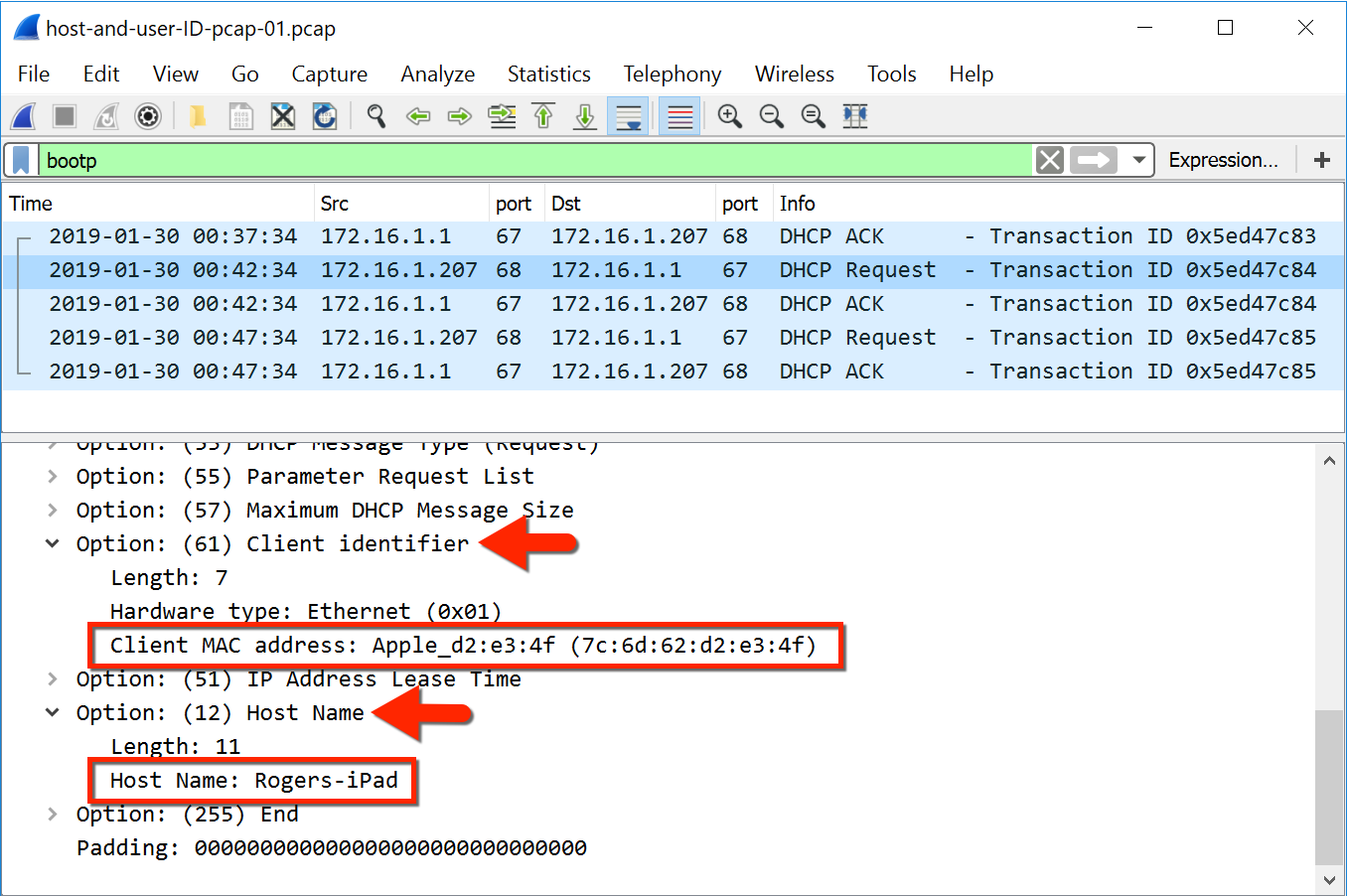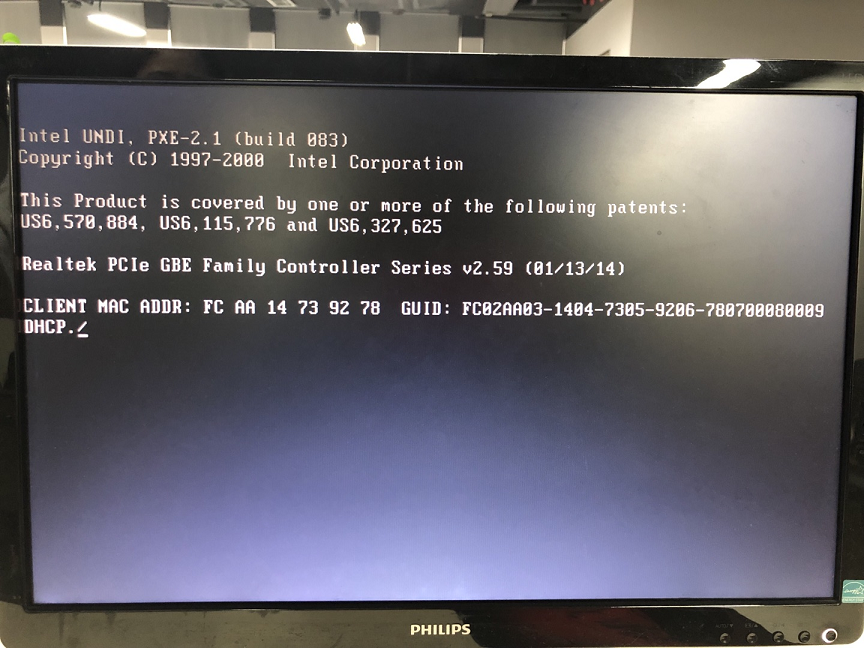
- CLIENT MAC ADDRESS ON BOOT WINDOWS 7 FOR FREE
- CLIENT MAC ADDRESS ON BOOT WINDOWS 7 INSTALL
- CLIENT MAC ADDRESS ON BOOT WINDOWS 7 DRIVERS
- CLIENT MAC ADDRESS ON BOOT WINDOWS 7 FULL
- CLIENT MAC ADDRESS ON BOOT WINDOWS 7 PC
I used Allegro for NFS, but HANEWIN is popular, and there are also a few free variants out on the net, which I have not tried. It’s a windows client with a static IP address, using two apps, SERVA32/64 and an NFS server, with some aid of Deamon Tools Lite (although you can do without that). Should make the use of readily-available GUI apps wherever possible to minimise skills needed to operate/administer. Does not require significant in-depth linux command line skills to achieve. We don’t have redundancy or 24-hr availability so any problems need to be rectified quickly and easily to get back up and running.Ĥ. A server that held the images centrall that could be easily replaced or reconstructed to minimise support effort. We wanted and believed it could be done in less than 1 hour.
CLIENT MAC ADDRESS ON BOOT WINDOWS 7 INSTALL
We benchmarked an install from DVD-ROM (those old machines that actually had a DVD) and the subsequent updates at well over three hours start to finish.
CLIENT MAC ADDRESS ON BOOT WINDOWS 7 PC
Install the Edubuntu operating system onto old (>6yrs old) PC hardware over the network quickly. I work for a charity that does not have recourse to new recently captialised equipment, storage arrays and expensive servers.Ģ. So what are the requirements (this might help you decide whether or not this might also help you if it matches your needs?)ġ. If your chosen distribution DOES work with one of these other protocols your solution might be easier than dealing with NFS alone. Some distro’s even support FTP or SMB within the kernel to load the install set. With Ubuntu, at least, Edubuntu 10, it only supports NFS, which of course is only natively supported on linux. As it is so easy to set up an HTTP virtual directory to serve these files, setup is relatively easy.
CLIENT MAC ADDRESS ON BOOT WINDOWS 7 DRIVERS
For example, SUSE supports at the kernel level the ability to load the network drivers and then ‘get’ the installation files from an HTTP source, be that internal to your network or external. Debian/Ubuntu/Edubuntu – which is the ‘tree’ from which I am plucking the fruit) and they all differ in some ways, sometimes subtle, sometimes fundamental. Fourthly, and hopefully last, the frustration encountered with linux is that there are many many distributions (e.g.

I wanted to do this in one-step like a Windows ‘slipstreamed’ install, not install the bare OS, then get updates from an Ubuntu mirror, then install them which takes quite a bit of time. Thirdly, I wanted to install in one step not a bare-naked version of Ubuntu but an up-to-date version – which is not that easy to do either.
CLIENT MAC ADDRESS ON BOOT WINDOWS 7 FOR FREE
Secondly, let me say that you CAN do this for FREE if you go down the whole linux route by building a linux ‘server’ and free-to-get apps or apt-get modules (either linux modules themselves available through the normal repositories, or more all-in-one type apps). I list the apps used and their links at the bottom of this mail. Firstly, my solution is not FREE as it uses paid-for applications free to try, but must be purchased in parts – so it is not a ‘easy deploy linux appliance’. So before I start with the solution to the problem that I have used, let me firstly state a few things.
CLIENT MAC ADDRESS ON BOOT WINDOWS 7 FULL
Don’t fret – I shall not ignore the full and most likely proper linux solution! So this is for those folks who need or have been mandated the use of Windows. Well… I will do that next, but there will always be those who prefer Windows, and perhaps to fit in with a corporate network, Windows architecture may be the preferred option. All that laid bare, of course, why not just build a linux-based server which is both free and probably less frustrating. However, the source of my frustration if you will pardon the poor pun is that I don’t ever feel one should have to modify the source and recompile binaries (and the kernel for that matter) to do something which I would otherwise consider to be ‘readily working’. Of course, that is where others will doubtless disagree with me. That said, I do not wish to denigrate or unduly blame Linux for of course the counter-argument would always be that I was not sufficiently skilled in Linux at the time I did this to overcome the problems I encounted.

Of course though, I would say that as I have always been a ‘Windows person’. It has been a frustrating experience to say the least, not least of which the reason for the problem lies with Linux itself.

Previously, I’ve only used it to populate Windows clients. I’ve spent a while over the last couple of weeks researching and attempting to implement a Windows-based solution for installing Ubuntu on remote network clients. Technical Stuff (HOW-TO): Using Windows 7 as a PXE server and installing a ‘remastered’ Ubuntu CD over the network


 0 kommentar(er)
0 kommentar(er)
